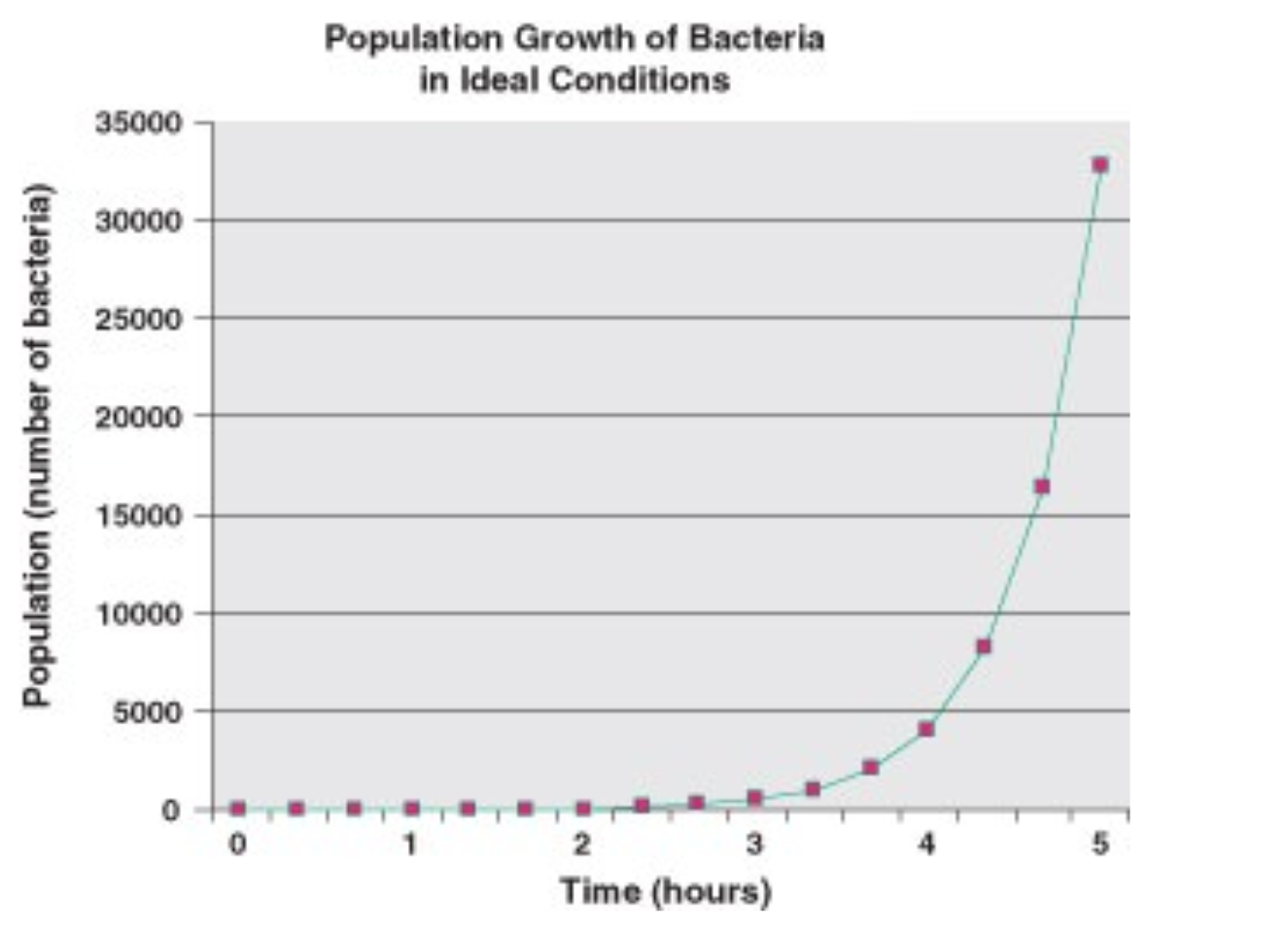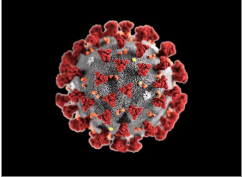
The National Science Teachers Association (NSTA) is your portal for teaching science through approved and correlated curricula. Limited free access to resources. Memberships available.
 Teachers and families across the country are facing a new reality of providing opportunities for students to do science through distance and home learning. The Daily Do is one of the ways NSTA is supporting teachers and families with this endeavor. Each weekday, NSTA will share a sensemaking task teachers and families can use to engage their students in authentic, relevant science learning. We encourage families to make time for family science learning (science is a social process!) and are dedicated to helping students and their families find balance between learning science and the day-to-day responsibilities they have to stay healthy and safe.
Teachers and families across the country are facing a new reality of providing opportunities for students to do science through distance and home learning. The Daily Do is one of the ways NSTA is supporting teachers and families with this endeavor. Each weekday, NSTA will share a sensemaking task teachers and families can use to engage their students in authentic, relevant science learning. We encourage families to make time for family science learning (science is a social process!) and are dedicated to helping students and their families find balance between learning science and the day-to-day responsibilities they have to stay healthy and safe.
Sample ‘Daily Do’ Task: Introduction
Today’s task Where do “new” infectious diseases come from?, creates an opportunity for students to look at examples of infectious diseases they might know a lot about and compare them to diseases they want to know more about. Students engage in science and engineering practices—including the use of a simulation (mathematical model)—to figure out how “new” infectious disease-causing bacteria can come from bacteria that have been around for a while.
This task has been modified from its original design so it can be used by students, parents, and teachers in distance and home learning. While students could complete this task independently, we encourage students to work virtually with peers or in the home with family members.
Before you begin the task, you may want to access the accompanyingWhere Do “New” Infectious Diseases Come From? Google Slide presentation.
Presentation of Phenomena (What Am I Exploring Today?)
Guidance. Students will be introduced to the phenomenon through the video, which states that bacteria and viruses are different; also, some bacteria and viruses change over time, making the diseases they cause harder to treat. The goal is to get students thinking about where new bacterial and viral infections come from and how to treat the resulting diseases. Presenting a phenomenon and asking students to generate questions about it creates a need to figure out the answer to those questions. This is authentic engagement and a powerful learning process (unlike “learning about” the difference between bacteria and viruses and being asked to recall the information later).
Presenting the Phenomenon
Have students watch the video clip (slide 2). Ask them to think about the idea introduced in the video clip (slide 2)—Where do “new” infectious diseases come from?—and have them write any questions they have on a sheet of paper. All student questions are acceptable at this point. Our goal is to motivate curiosity, not to distinguish between “good questions” and “bad questions” or “right questions” and “wrong questions.” Common questions will arise for most students, which is what this task builds upon.
Investigative Questions (What Questions Do I Have About What I Just Saw?)
Investigative questions are common questions kids may ask after they are introduced to the phenomena. Although questions may vary, many students are curious about the differences between viruses and bacteria. This is the one we will focus on first.
Guidance. It is important to allow time for thinking. Many students have ideas and questions, but need time to formulate their idea or question into words. Some students may also benefit from writing things first before they share. As adults, we may be tempted to give them questions we feel might be important to explore; however, we need to refrain from this and allow our students to practice asking their own questions.
Common Questions (slide 3)
- What causes us to get sick?
- How do you know when you have a bacterial infection or a viral infection?
- What is the difference between a bacteria and a virus?
- Are there other good ways to avoid getting infections besides washing your hands?
- Which one is living and which one is not?
- How do you treat a viral infection if you can’t take antibiotics?
- How do bacteria grow?
We want to focus on one question in particular at this point (slide 4):
- What causes us to get sick?
- How do you know when you have a bacterial infection or a viral infection?
- What is the difference between a bacteria and a virus?
- Are there other good ways to avoid getting infections besides washing your hands?
- Which one is living and which one is not?
- How do you treat a viral infection if you can’t take antibiotics?
- How do bacteria grow?
Connection Guidance. If students ask about handwashing, consider asking them to mimic washing their hands, and time them. Then set a timer for at least 20 seconds, but no more than 30 seconds, and have them wash their hands. Many people do not wash their hands properly or for enough time. When you don’t wash your hands with soap for at least 20 seconds, you can continue to spread bacteria and viruses (and other things). Lastly, don’t forget to wash your thumbs and fingertips!
Conducting an Investigation (How Do Bacteria Grow and Respond to Antibiotics?)
We want to explore more about what students know about bacteria and viruses, their similarities and differences. Use Slide 5 to have a discussion about what students already understand to be true about them, and fill in the chart accordingly.

Guidance. We are trying to figure out what students know about bacteria and viruses; however, the goal is to figure out where new infectious diseases come from. It is not necessary (right now) for students to figure out all the differences between bacteria and viruses, so it is very appropriate to give them some general information:
- Bacteria are living and viruses are not.
- Bacteria are cells and can grow and reproduce on their own.
- Viruses are not cells and cannot reproduce on their own.
- Viruses need a host cell to reproduce.
We then want to revisit our original questions, and investigate
- What causes us to get sick?
- How do you know when you have a bacterial infection or a viral infection?
- What is the difference between a bacteria and a virus?
- Are there other good ways to avoid getting infections besides washing your hands?
- Which one is living and which one is not?
- How do you treat a viral infection if you can’t take antibiotics?
- How do bacteria grow?
We are going to investigate the question “How do bacteria grow?” (Slide 7). After students watch the video and analyze the graph, have them add to their charts they made about bacteria and viruses. It is expected that students will know more about bacteria than viruses at this point, but this is okay and will provide a strong connection to investigating viruses further later, especially in the Enrichment Extension (see end of task).
Investigation 1
We remember from our earlier discussion that antibiotics are used to treat bacterial infections. We think that is because antibiotics kill bacterial cells. We are going to conduct an online simulation to investigate how antibiotics affect bacterial cells. Access the Student Activity Sheet (collection resources 4 [English] and 5 [Spanish]).
Note: Familiarize yourself with the simulation’s instructions before running the simulation to collect data. Feel free to “play in the sandbox” with the simulation to explore its various features before collecting data for the investigation.)
After Investigation 1, students will have figured out (slide 13)
- There were different kinds of bacteria in the simulation (this is called “variation” within a population).
- We started with 10 of each kind, but we noticed that we did not end with 10 of each kind.
- Bacteria with less pores survived more than bacteria with more pores.
But we also remember from our earlier discussion that bacteria reproduce. So we wonder what would happen if we allowed them to reproduce like we saw in the earlier video. This leads to Investigation 2 (slide 14).
After Investigation 2, students will have figured out (slide 15)
- Bacteria with fewer pores survive.
- Bacteria with more pores die out, eventually eliminating their population.
- Even if we start with bacteria that have fewer pores (3 to 4), their populations will outnumber bacteria with more pores (5 to 6) by the end.
Guidance. This investigation also allows students to use the science and engineering practice of mathematics and computational thinking. As students engage in the simulation, they are making predictions based on a mathematical model, counting bacteria populations and examining graphical representations of data. After students have completed the investigation, consider engaging them in a discussion about how they used math in this activity to build the relationship between math and science.
Building Consensus
Let’s look back at what we did:
- We asked questions that we had about bacteria and viruses.
- We made a chart that documented similarities and differences among bacteria and viruses.
We conducted an investigation and discovered that
- Bacteria are living things and make more of themselves (reproduce).
- Antibiotics work on some, but not all, bacteria.
- In the simulation, “new” bacterial infections are the result of changes in bacteria populations that make them different (mutations) from the generations of bacteria before them.
So, let’s return to our original questions:
- What causes us to get sick?
- How do you know when you have a bacterial infection or a viral infection?
- What is the difference between a bacteria and a virus?
- Are there other good ways to avoid infections besides washing your hands?
- Which one is living and which one is not?
- How do you treat a viral infection if you can’t take antibiotics?
- How do bacteria grow?
WATCH THE VIDEO BELOW (slide 18).
After watching the video, have your students once again consider how viruses and bacteria are similar and different. What information did students acquire from the video that helps them answer their questions?
Guidance. Here we can review all the things we figured out about viruses and bacteria. Although we did not figure out all the differences between viruses and bacteria, we have learned many things about how they are both similar and different. Have students reference their chart and add to it if they would like, but the big takeaways are these:
- Viruses (nonliving) and bacteria (living) can both cause illnesses.
- Diseases/illnesses caused by bacteria can usually be treated with antibiotics.
- Some bacteria have changed and cannot be treated by antibiotics.
- Some bacteria in a population have changed enough that antibiotics don’t kill them anymore.
To answer our phenomena question Where do “new” infectious diseases come from?, we did the following:
- We figured out that some “new” infectious diseases come from diseases that were already here, or “old disease.” New infectious diseases come from older or established infectious diseases. Our evidence for this comes from the simulation. We saw bacteria that were just a little different were able to survive and reproduce, and other bacteria were totally eliminated.
- We can predict that viruses can also change in some way, but we don’t think viruses change in the same way as bacteria. This is because they do not grow and reproduce like bacteria because they are not alive and because they cannot be treated with antibiotics.
Connection Guidance. Recall a time when you were sick and how the doctor chose to treat it: with an antibiotic or not. Consider how you would explain to a friend who is frustrated that the doctor did not prescribe an antibiotic for their congestion and cough. (This task could also be built in as a formative assessment.)
If your students are conceptually ready to explore viruses, continue to the enrichment activity. In the NGSS, viruses are not specifically identified, however, and are usually studied at the high school level due to their structure and function.
Enrichment Extension
We have made some really interesting observations about bacteria and bacterial infections. But how does that help us to understand what is happening today with the COVID-19 pandemic?
How do mutated viruses (ex. COVID-19) and bacteria (ex. MRSA) come to exist?

Now that we have explored the idea of mutated infectious diseases, we will investigate further the relationships among various families of bacteria and viruses that have long histories.
Access the slides for the Enrichment Extension by clicking the link.
Guidance. These activities and extensions are considered “micro lessons.” They are not intended to replace classroom science learning, and are not intended to be used as “homeschool” stand-alone science lessons. They also aren’t intended to result in children being able to generate robust, complete scientific explanations of phenomena. Conversely, they are intended to move student thinking along the continuum of complexity. Engaging in this extension will further a student’s progression along that continuum.
Examine the images and complete the charts seen in slides 2 through 4.
Suggested Question Prompts
- What relationships among the bacterial infections do you notice?
- What relationships among the viral infections do you notice?
- How does a viral infection like COVID-19 compare with a bacterial infection like MRSA?
Have students write an explanation:
- Apply what you learned about bacterial reproduction and the emergence of MRSA to write a scientific claim explaining the relationship between COVID-19 and other respiratory illnesses such as SARS and MERS. Be sure to use evidence and reasoning to support your claim.
NSTA Collection of Resources for Today’s Daily Do
NSTA has created a Where Do “New” Infectious Diseases Come From? resource collection to support teachers and families using this task. If you’re an NSTA member, you can add this collection to your library by clicking Add to My Library, located near the top of the page (at right in the blue box).
member, you can add this collection to your library by clicking Add to My Library, located near the top of the page (at right in the blue box).
Check Out Previous Daily Dos From NSTA
The NSTA Daily Do is an open educational resource (OER) and can be used by educators and families providing students distance and home science learning. Access the entire collection of NSTA Daily Dos.
Acknowledgement
This Daily Do is inspired by and uses materials from the How do populations change over time? storyline created by inquiryHub and Next Gen Storylines. Next Gen Storylines and inquiryHub Biology are open-source resources that can be used by parents and teachers to implement student-driven learning.
You can follow both of these programs on Twitter: @nextgenstoryli1 and @inquiry_hub.
Follow the NSTA blog here.
Secure an NSTA membership here.
Visit the NSTA bookstore here.
